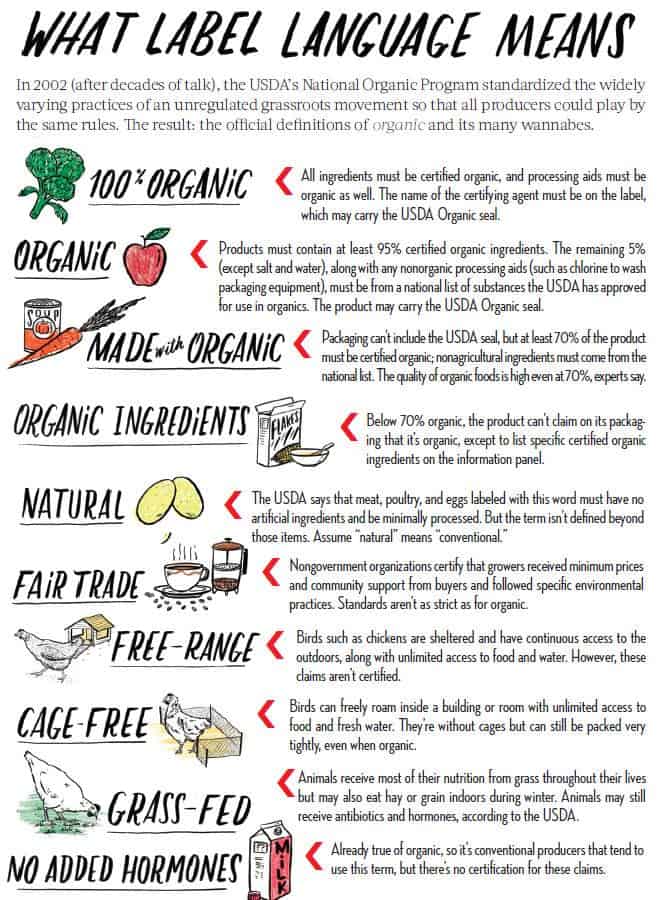If you listen to many political debates in this country, you couldn’t be blamed for thinking that Americans can’t seem to agree on much of anything. But ask whether you think GMOs should be labeled, and you’ll find almost unanimous support. Ninety-three percent say yes.
Yet last week, two more attempts to require those labels failed at the ballot box. Oregon’s Measure 92 just barely lost out, but Colorado’s Prop 105 was overwhelmingly rejected.
Now, it could be that voters simply felt that although the initiatives were well-intended, they were poorly written. More likely, the measures were killed by big corporate money – over $12 million in Colorado and $16 million in Oregon. (Beverage industry spending was likely behind the defeat of San Francisco’s proposed soda tax, as well. In Berkeley, where a similar measure passed, industry shelled out “only” $2.1 million to oppose the measure.)
Funny: When the big food companies get questioned about the (un)healthfulness of some new product they’ve rolled out, they often brush concerns aside by saying that they’re just giving people what they want. Apparently that only applies when they’ve got dollars to make, not dollars to lose. For the watch-cry of modern times is growth, growth and more growth.
You know what else grows and grows and grows beyond all bounds and good sense? Cancer.
On the plus side, voters in Maui County, Hawaii passed a bill for a complete moratorium on growing GMO crops on the three islands that make up the county (Maui, Lanai and Molokai) – at least until there’s conclusive evidence that they’re safe. That’s a big, big win.
But elsewhere, they continue to be cultivated – and consumers continue to be left in the dark.
We’ve written plenty already about reasons for caution when it comes to GMOs – not just for personal health but that of our entire planet. GMOs are the very opposite of sustainable.
Yet they’re here. And we have a right to know whether that’s what we’re getting or not. That’s the fundamental thing at stake with GMO labeling. It’s not about scaring off consumers, though labels might certainly have that effect. It’s about knowing what we’re paying for – and being able to make an informed choice about whether to pay for something else instead.
The need for labeling and better standards was pounded home earlier this fall by findings from Consumer Reports. They tested more than 80 processed foods containing corn or soy for GE DNA. This included both conventional and certified organic products, as well as those certified by the Non-GMO Project and products labeled as “natural.”
Almost every conventional product tested positive for GMOs. And the same held for “virtually all samples of products with a natural label (in the absence of an organic or non-GMO claim).”
Considering that most corn and soy grown in the US today are GMO, that’s no huge surprise.
On the other hand, when certification labels were present, they proved trustworthy.
We found negligible levels of GE corn or soy (0.9% or less) in samples of products that
had either an “organic” label or a “Non-GMO Project Verified” seal….The majority of samples of products that came from a manufacturer that made a “no-
GMO” claim that was not certified by an independent third party also contained minimal
amounts of GE corn or soy (0.9% or less).
In fact, only one non-certified product that made such a claim tested positive.
Clearly, third party verification labels can be a trusted help. Still, the fact of the matter remains that to avoid them most fully, you opt more for real food, not food products. Most of the products apt to contain GMO corn and soy are highly processed ones – cereals and baked goods, food bars, meat substitutes and products of all types that may be made with things like GM corn syrup or soybean oil.
We’re fans of using whole foods as much as possible, opting for processed only for those items that are hard to make from scratch at home and then buying according to labels mentioned above. Even better: Buy from your local farmer’s market, where you can actually talk with vendors about what all has really gone into the product.
We also recommend knowing your label language – especially when it comes to tracking down healthier food options. We’ve posted this handy guide before on our Facebook page, but it’s one worth sharing again – and passing it along to others so we can all make wise choices about how we feed ourselves.
